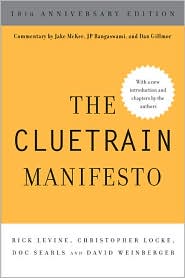September 2, 2013
Merging my Google Plus accounts
I made the mistake many years ago of creating a Google Accounts email address in addition to my existing Gmail account. Thus I have been plagued (granted, it’s an excellent example of a First World Problem plague) with two out of sync accounts.
Gmail works fine because “[email protected]” is my public-facing email address and has been since about 1994 when first I took the evident.com domain. (Yes, children, there was a time when you could register an existing word with all its vowels just by being the first to claim it.) When you send mail to that address, it shows up in my [email protected] Google Account. It also shows up at my [email protected] account, which now has 12,722 unread messages in it. Nevertheless, the “system” works for me.
But it does not work for me at YouTube.com, where I have two accounts that cannot be merged. I’ve tried.
And I thought it didn’t work at Google Plus. But recently I’ve been getting friend requests (or Circle requests, I guess) at G+ for evident@evident, whereas my social network (such as it is) is at dweinberger@gmail. Since I do very little with G+ anyway, it only bothers me because I hate rejecting friends’ requests, even though they’re trying to join a G+ that I don’t ever check and that currently has a total of 7 people in it. So, I googled for info, and found that Google Takeout promises to move my dweinberger Circles over to evident. Google seems quite serious about it: access is limited during the first 48 hours, the transfer takes up to 7 days, and you can only request one transfer every six months.
We’ll see how it works. In any case, I do appreciate the Google Data Liberation Front commitment.
And perhaps now my Circles will be unbroken.








